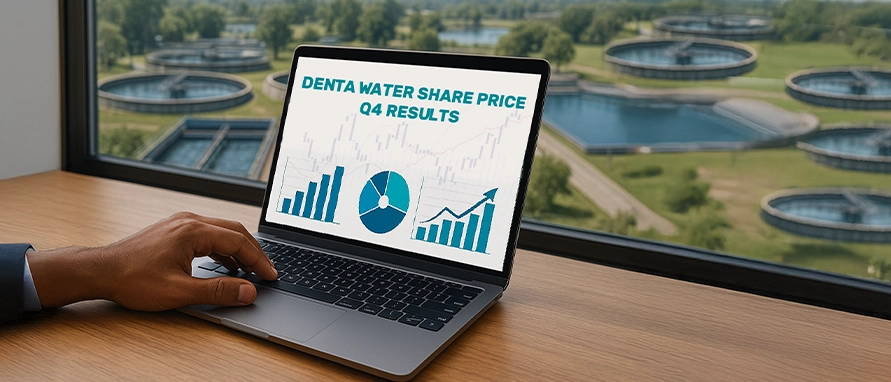-
Our ProductsLoansCardsInsuranceInvestmentsStock MarketElectronics MallCIBIL ScoreKnowledge CentreAcademyCalculators
- Our Services
- My Account
- Discover
TCS on Foreign Remittance: Rules, Applicability, and Process Explained
Foreign remittances—such as sending money abroad for education, travel, investments, or gifts—are regulated by the Reserve Bank of India (RBI) under the Liberalised Remittance Scheme (LRS). In recent years, the Indian government has introduced Tax Collected at Source (TCS) on such remittances to improve tracking and compliance with income tax rules.
Effective from 1 October 2023, significant changes were made to TCS rates and thresholds for foreign remittances. These changes impact individuals transferring funds abroad for various purposes, making it important to understand how the tax applies, when it is triggered, and how to claim refunds or adjustments.
What Is TCS on Foreign Remittance
TCS (Tax Collected at Source) on foreign remittance is a mechanism where the authorised dealer (typically a bank or authorised entity processing the transaction) collects a certain percentage of tax from the individual remitting funds outside India. The TCS amount is collected over and above the remittance amount and is then deposited with the income tax authorities.
The purpose of this tax is not to serve as an additional tax burden, but rather as a means for the government to track high-value transactions and ensure tax compliance. Taxpayers can claim this TCS as credit while filing their income tax returns (ITRs).
Applicability of TCS Under LRS
The Liberalised Remittance Scheme (LRS) of the RBI permits resident individuals to remit up to USD 250,000 per financial year for permissible current or capital account transactions, including:
Education abroad
Travel and tourism
Gifts and donations
Investments in foreign stocks or properties
Maintenance of relatives abroad
TCS is applicable when the remittance is processed under this scheme and crosses specified thresholds.
Current TCS Rates on Foreign Remittances
The Finance Act, 2023, revised the TCS rates and introduced different rates for different purposes of remittances, effective from 1 October 2023. Below is a summary:
| Nature of Remittance | Threshold Amount | TCS Rate (w.e.f. 1 Oct 2023) |
|---|---|---|
| Remittance for education or medical treatment |
Up to ₹7 Lakhs/year |
Nil |
| Remittance for education/medical via loan |
Above ₹7 Lakhs/year |
0.5% |
| Remittance for education/medical (self-funded) |
Above ₹7 Lakhs/year |
5% |
| International travel, investment, or other purposes |
Above ₹7 Lakhs/year |
20% |
Note: No TCS is levied on LRS remittances up to ₹7 lakh a year, except overseas tour packages where it applies from the first rupee.
TCS Exemptions and Lower Rates
Some exceptions or lower rates apply based on the type of transaction:
No TCS for remittances made out of education loans (if sourced from financial institutions in India).
The threshold of ₹7 Lakh is applicable per person, per financial year, not per transaction.
In case of multiple remittances for different purposes, TCS applicability is calculated based on the cumulative amount remitted.
How TCS is Collected and Reported
Here’s how the process works:
Initiate a remittance: You submit a request for an outward remittance through your authorised bank or platform.
Purpose declaration: You must clearly specify the purpose of remittance (e.g., education, travel).
TCS deduction: Based on the declared purpose and annual cumulative amount, the bank collects applicable TCS.
Deposit with authorities: The collected amount is submitted to the income tax department.
Form 26AS update: The deducted TCS reflects in your Form 26AS under your PAN.
This TCS is not a final tax—it is claimable while filing your ITR.
Claiming TCS as Tax Credit
Since TCS is not a final liability, individuals can claim credit for it against their overall income tax payable:
The amount of TCS will appear in your Form 26AS and Annual Information Statement (AIS).
While filing ITR, mention the amount of TCS under the “Tax Paid” section.
- Any excess TCS over your tax liability can be claimed as a refund.
Impact on Foreign Investments and Spending
The 20% TCS rate for investments and travel has raised concerns among individuals investing in foreign stocks or mutual funds, or planning international holidays. However, it’s important to understand that:
TCS doesn’t add to the final cost but may strain cash flow until adjusted or refunded.
Higher TCS may temporarily affect cash flows but can be adjusted or refunded later.
- Planning and accurate declaration of remittance purpose can help avoid higher deductions.
Compliance and Documentation Required
To ensure smooth processing of foreign remittances under LRS and TCS compliance, individuals must:
Furnish their PAN card
Declare remittance purpose correctly
Keep track of year-to-date remittance value
Use authorised channels or banks only
Track TCS deducted via Form 26AS regularly
Incorrect declaration or inconsistent reporting may lead to notices or delays in refunds.
Conclusion
TCS on foreign remittances is aimed at promoting transparency and improving tax compliance among Indian residents sending money abroad. While it may initially seem like an added cost, it is essentially a prepaid tax that can be adjusted in your tax return. Staying informed about current rates, declaration procedures, and documentation ensures that you avoid unnecessary deductions and manage your cash flows effectively.
Disclaimer
This content is for informational purposes only and the same should not be construed as investment advice. Bajaj Finserv Direct Limited shall not be liable or responsible for any investment decision that you may take based on this content.
FAQs
Is TCS applicable for every foreign remittance from India?
Tax Collected at Source (TCS) is not applicable on every foreign remittance from India, but only on specific remittances that cross the threshold limits set under the Liberalised Remittance Scheme (LRS).
Can I claim TCS back after it is deducted?
Tax Collected at Source (TCS) deducted on foreign remittances can be fully claimed back by adjusting it against the total income tax liability while filing the income tax return.
Does TCS increase my cost of foreign travel or education?
Tax Collected at Source (TCS) does not directly increase the cost of foreign travel or overseas education because it is an advance tax collection that can be claimed back or adjusted against other taxes due.
Is TCS applicable if I remit funds for family maintenance abroad?
Tax Collected at Source (TCS) is applicable on remittances for family maintenance abroad if the total amount exceeds ₹7 Lakh in a financial year and the purpose of remittance is not related to education or medical treatment, in which case TCS at 20% may apply.
How can I check how much TCS has been collected?
The amount of Tax Collected at Source (TCS) collected on foreign remittances can be checked in Form 26AS or Annual Information Statement (AIS) using the PAN login on the income tax e-filing portal.
Anshika brings 7+ years of experience in stock market operations, project management, and investment banking processes. She has led cross-functional initiatives and managed the delivery of digital investment portals. Backed by industry certifications, she holds a strong foundation in financial operations. With deep expertise in capital markets, she connects strategy with execution, ensuring compliance to deliver impact.
Related Blogs
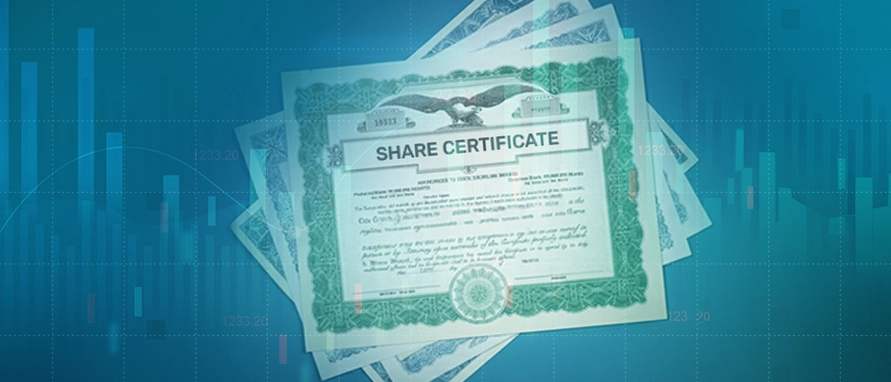
Nupur Wankhede

Anshika

Geetanjali Lachke

Roshani Ballal

Roshani Ballal

Anshika

Nupur Wankhede

Anshika

Nupur Wankhede
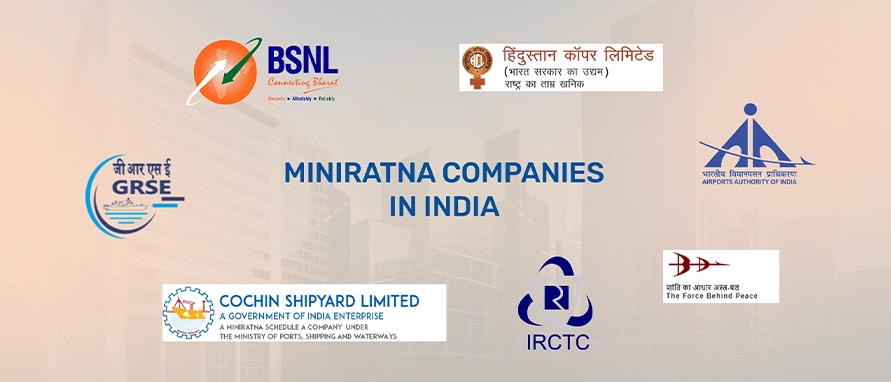
Nupur Wankhede

Geetanjali Lachke

Roshani Ballal

Roshani Ballal

Geetanjali Lachke

Geetanjali Lachke

Nupur Wankhede

Anshika

Nupur Wankhede

Nupur Wankhede

Nupur Wankhede

Nupur Wankhede

Nupur Wankhede

Nupur Wankhede

Nupur Wankhede

Geetanjali Lachke

Geetanjali Lachke

Roshani Ballal

Nupur Wankhede

Anshika

Anshika

Nupur Wankhede

Nupur Wankhede

Nupur Wankhede

Nupur Wankhede

Nupur Wankhede

Nupur Wankhede

Nupur Wankhede

Nupur Wankhede

Nupur Wankhede

Nupur Wankhede

Nupur Wankhede

Nupur Wankhede

Roshani Ballal

Anshika
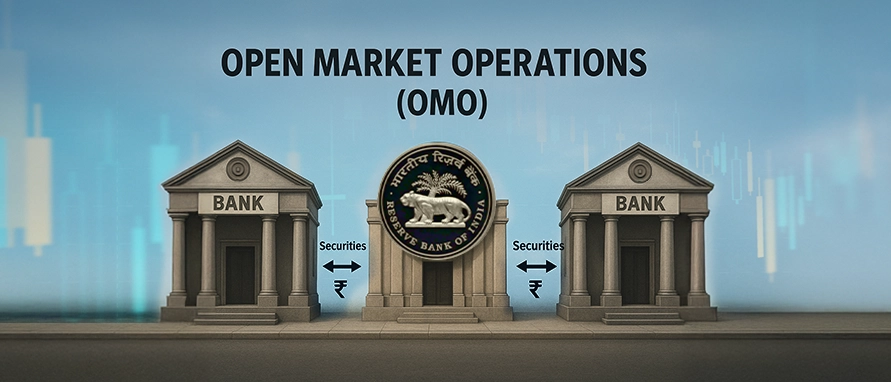
Nupur Wankhede

Geetanjali Lachke

Nupur Wankhede

Nupur Wankhede

Anshika
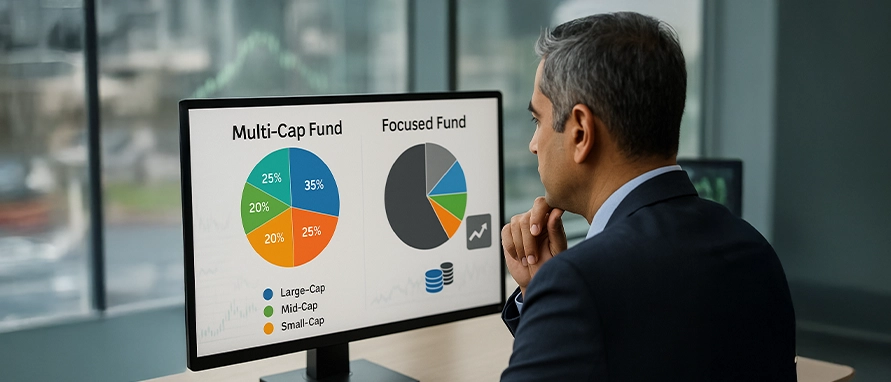
Anshika

Nupur Wankhede
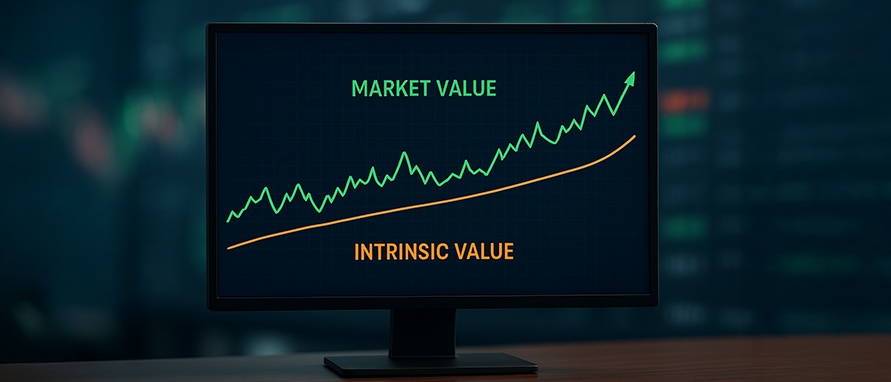
Anshika

Anshika

Nupur Wankhede
.webp)
Nupur Wankhede

Nupur Wankhede

Nupur Wankhede

Nupur Wankhede

Nupur Wankhede

Nupur Wankhede

Nupur Wankhede
.webp)
Nupur Wankhede

Nupur Wankhede

Nupur Wankhede

Nupur Wankhede
-in-India.webp)
Nupur Wankhede

Nupur Wankhede

Nupur Wankhede

Anshika

Nupur Wankhede

Nupur Wankhede

Anshika

Anshika

Nupur Wankhede

Nupur Wankhede

Nupur Wankhede

Nupur Wankhede

Nupur Wankhede

Nupur Wankhede

Nupur Wankhede

Nupur Wankhede

Nupur Wankhede

Nupur Wankhede

Anshika

Nupur Wankhede

Nupur Wankhede

Nupur Wankhede

Nupur Wankhede

Anshika

Nupur Wankhede

Nupur Wankhede
-Meaning-Importance.webp)
Nupur Wankhede

Anshika

Nupur Wankhede
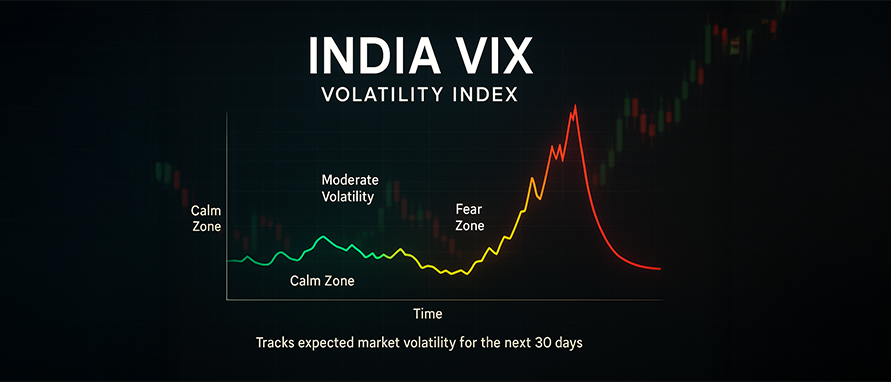
Nupur Wankhede

Nupur Wankhede
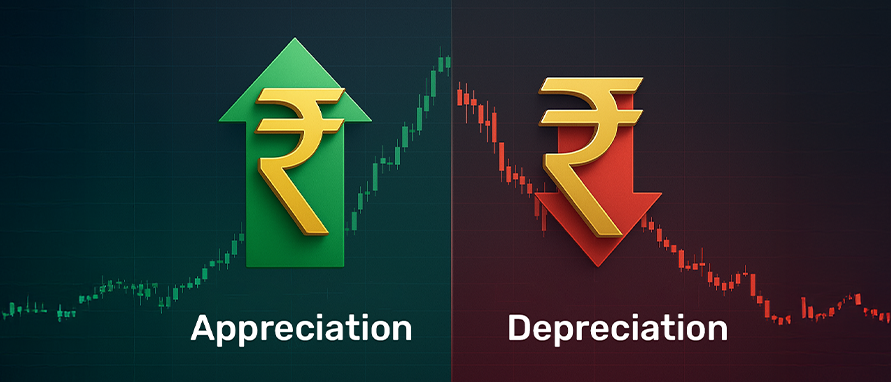
Anshika

Nupur Wankhede
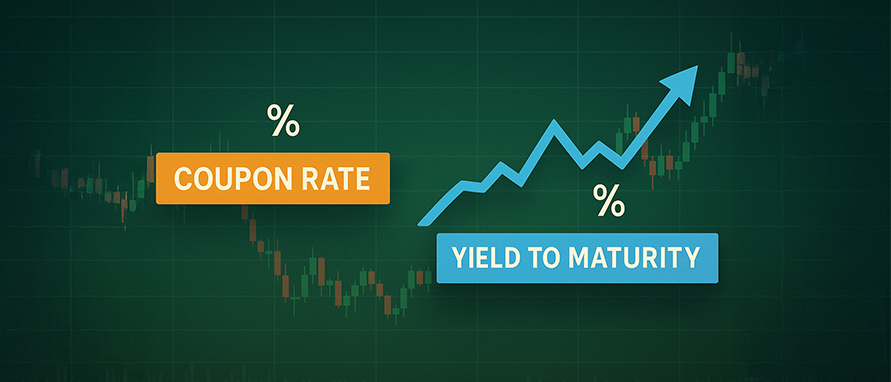
Nupur Wankhede

Nupur Wankhede

Geetanjali Lachke

Geetanjali Lachke

Geetanjali Lachke

Anshika
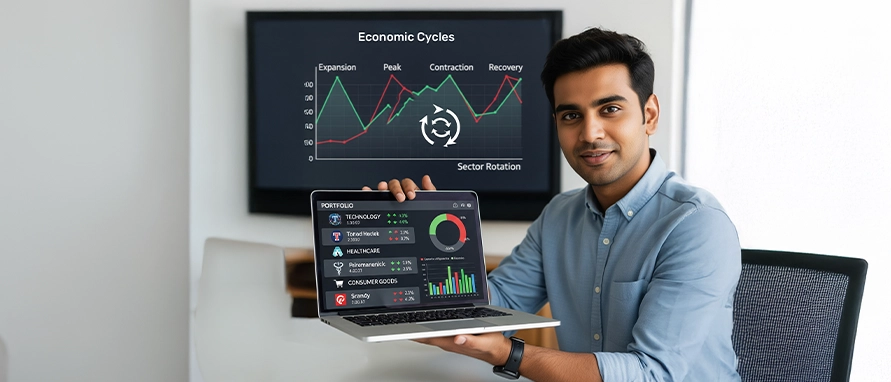
Anshika

Nupur Wankhede

Nupur Wankhede
-portfolio.webp)
Nupur Wankhede

Anshika

Roshani Ballal

Geetanjali Lachke

Geetanjali Lachke

Geetanjali Lachke

Geetanjali Lachke

Geetanjali Lachke

Roshani Ballal

Roshani Ballal

Geetanjali Lachke

Geetanjali Lachke

Geetanjali Lachke

Roshani Ballal

Roshani Ballal

Geetanjali Lachke

Roshani Ballal

Roshani Ballal

Roshani Ballal

Roshani Ballal

Roshani Ballal

Roshani Ballal

Roshani Ballal

Roshani Ballal

Roshani Ballal





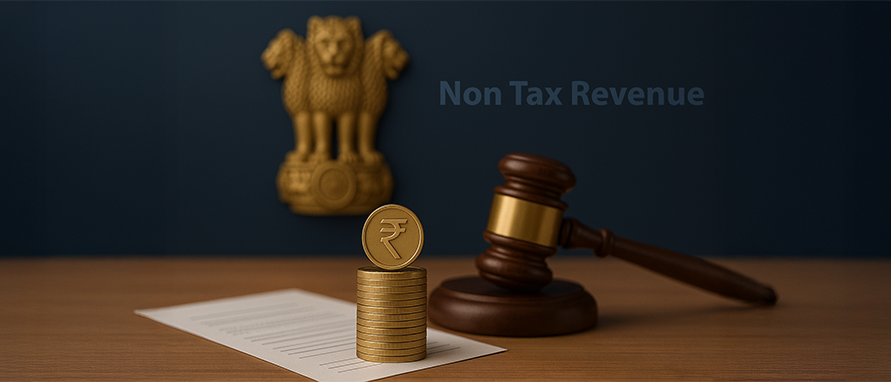

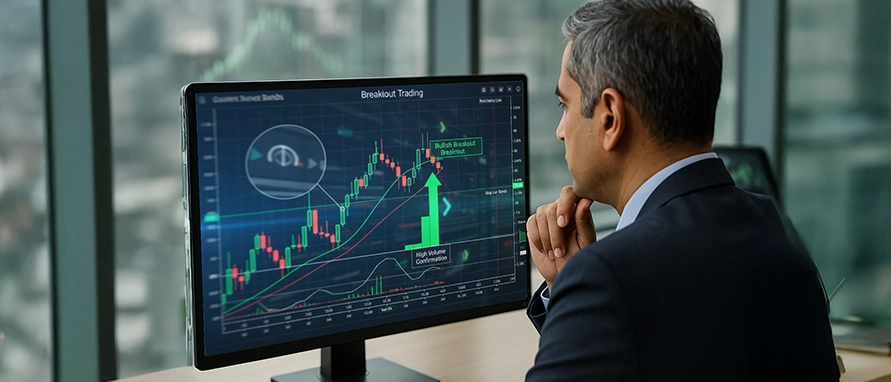























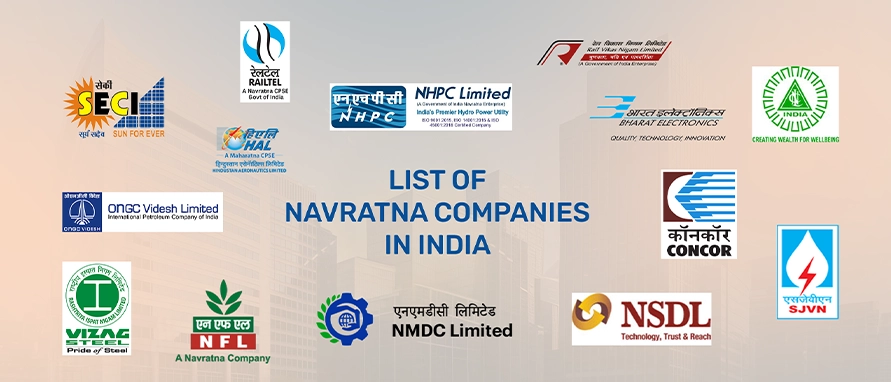





























.webp)



.webp)











.webp)




.webp)


































